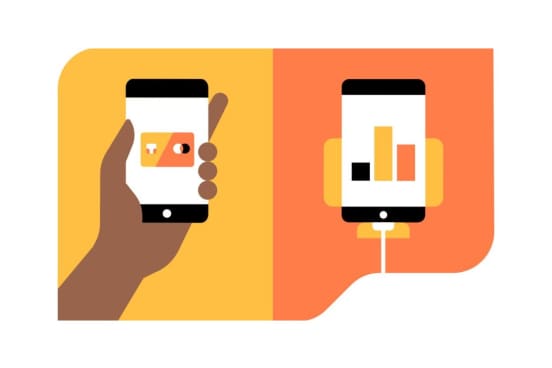Rider price and driver fare
How much a rider pays for a trip is distinct from how much a driver earns for that trip. Here’s why.
Riders pay
In the United States, riders are offered an upfront price on every trip so they can make an informed choice. Upfront rider prices are based on the estimated length and duration of the trip. This estimate can vary as we predict real-world factors like traffic.
The upfront price you're shown may change due to a number of circumstances, which may include adding stops, updating your destination, significant changes to the route or duration of the trip, or you pass through a toll that was not factored into your upfront price. In addition, you may incur wait time fees for the time you take to get to the car at the pickup or multi-stop fees for time spent at an on-trip stop.
Rider payments may also include:
Base fares
Tolls and surcharges
Tips
UberX Share discounts
Surge pricing
Booking fee¹
Rider promotions and subscriptions
Route-based adjustments
Drivers earn
Drivers' earnings are distinct from the price provided to riders at the beginning of the trip.
Driver earnings can also include:
Base fares
Surcharges and reimbursement for tolls¹
Tips
Long pickup/wait time/UberX Share pickup fees
Surge pricing
Miscellaneous fees²
Driver promotions
²Such as cancellations and cleanups
Uber service fee
The service fee is the fee drivers pay Uber, and it varies from trip to trip. It’s the difference between what a rider pays and what a driver earns on a trip, excluding tips, tolls, and certain fees, taxes, and surcharges.*
*Uber charges a service fee on certain fees and surcharges, including but not limited to wait time fees and cancellation fees.
The history of pricing
From the start, pricing innovations have evolved to make mobility more reliable and affordable for everyone
2010: The beginning
Uber Black enables high-end rides with professional drivers on demand. Riders paid premium prices, and drivers paid a fixed percentage service fee.
2011: Surge pricing
Surge pricing launches to balance supply and demand. It encourages riders to wait a bit before requesting and encourages drivers to travel to areas of high demand, making Uber more reliable during busy times.
2012: Lower-cost option
UberX launches, offering more riders access to affordable transportation, which also creates more opportunities for drivers to earn.
2014: Shared rides
UberPool launches, enabling 2 or more riders going in the same direction at the same time to share the cost, making transportation more affordable. Upfront pricing launches to give riders certainty over the low prices that sharing made possible for them.
2014: Upfront pricing on UberX
Upfront pricing launches on UberX and other products, as its success on Uber Pool shows that riders value the certainty of knowing the price of a trip in advance.
2017: Route-based pricing
Route and time of day become factors in the UberX and Uber Pool prices, as we expand access to affordable transportation for more riders at more times in more places.
Learn more about pricing
Take a closer look at the elements that contribute to Uber’s pricing.
Surge pricing
Surge pricing is designed to balance the market during our busiest times so that a reliable ride is always within reach.
Upfront pricing
Upfront pricing gives riders the information they need to choose the ride that best meets their needs and budget.
Route-based pricing
The price of a ride can vary by route and time of day, which helps make transportation more affordable to more riders at more times in more places.
Driver promotions
Promotions encourage drivers to meet rider demand at the busiest times and places.
Uber service fee
Uber's service fee helps fund our platform's operations and driver promotions. It also supports innovation that enables us to serve more riders and drivers.
Some of the features described on this page do not apply or are not available in all US markets, including California, and in markets outside of the US. As we work to improve the marketplace, we may test functionality and pricing in ways not described on this page.
In August 2021, Uber began piloting a new driver earnings structure in several cities that differs from the way the driver earnings experience is described on this site. In this pilot, drivers earn based on an upfront fare that is based on several factors, including base fare, estimated trip length and duration, pickup distance and destination. As of February 17, 2022, this pilot has been expanded to additional cities. See more details about this pilot here.
About
